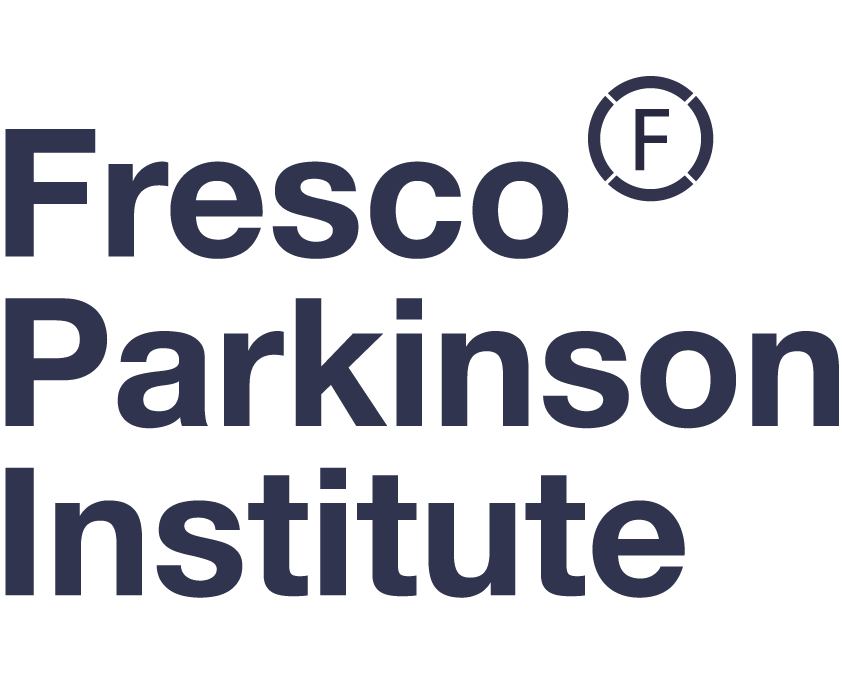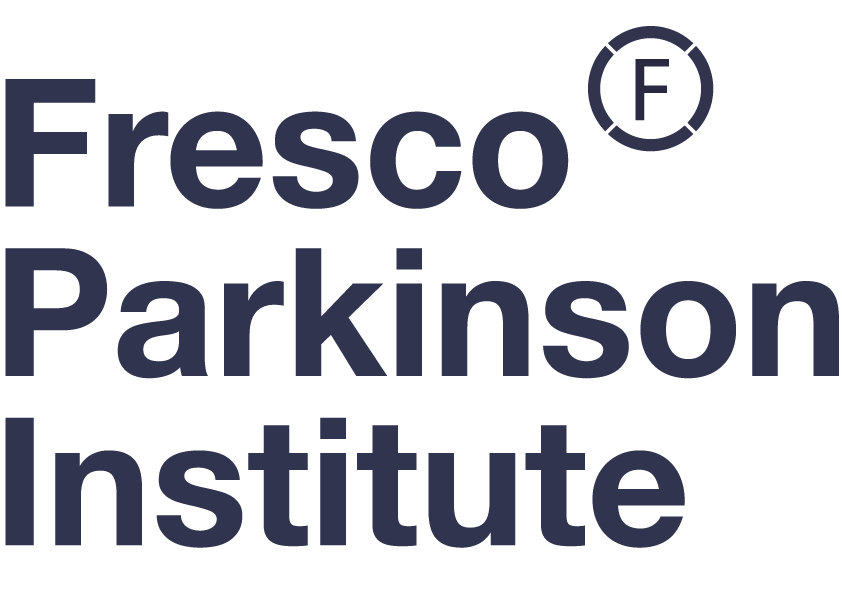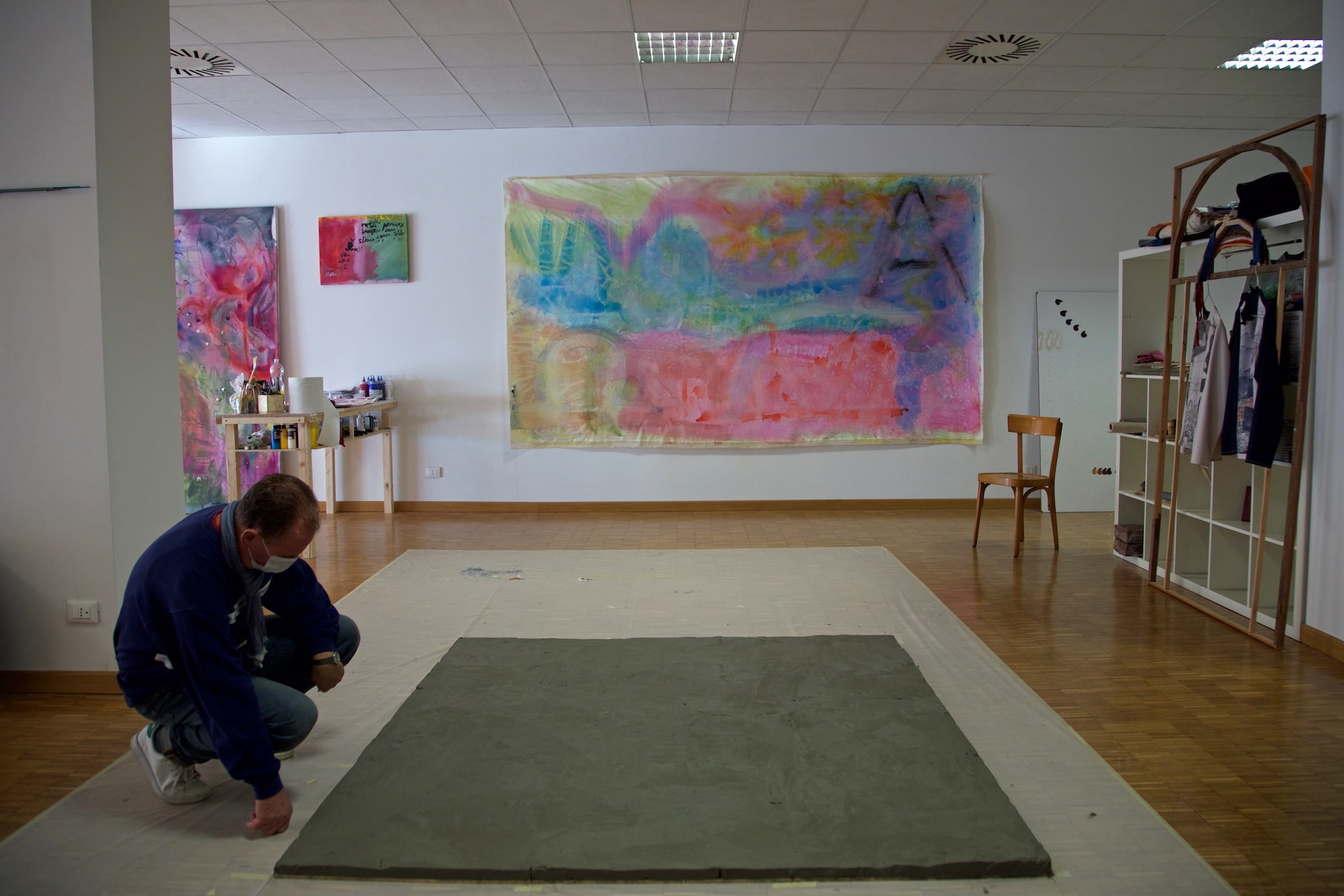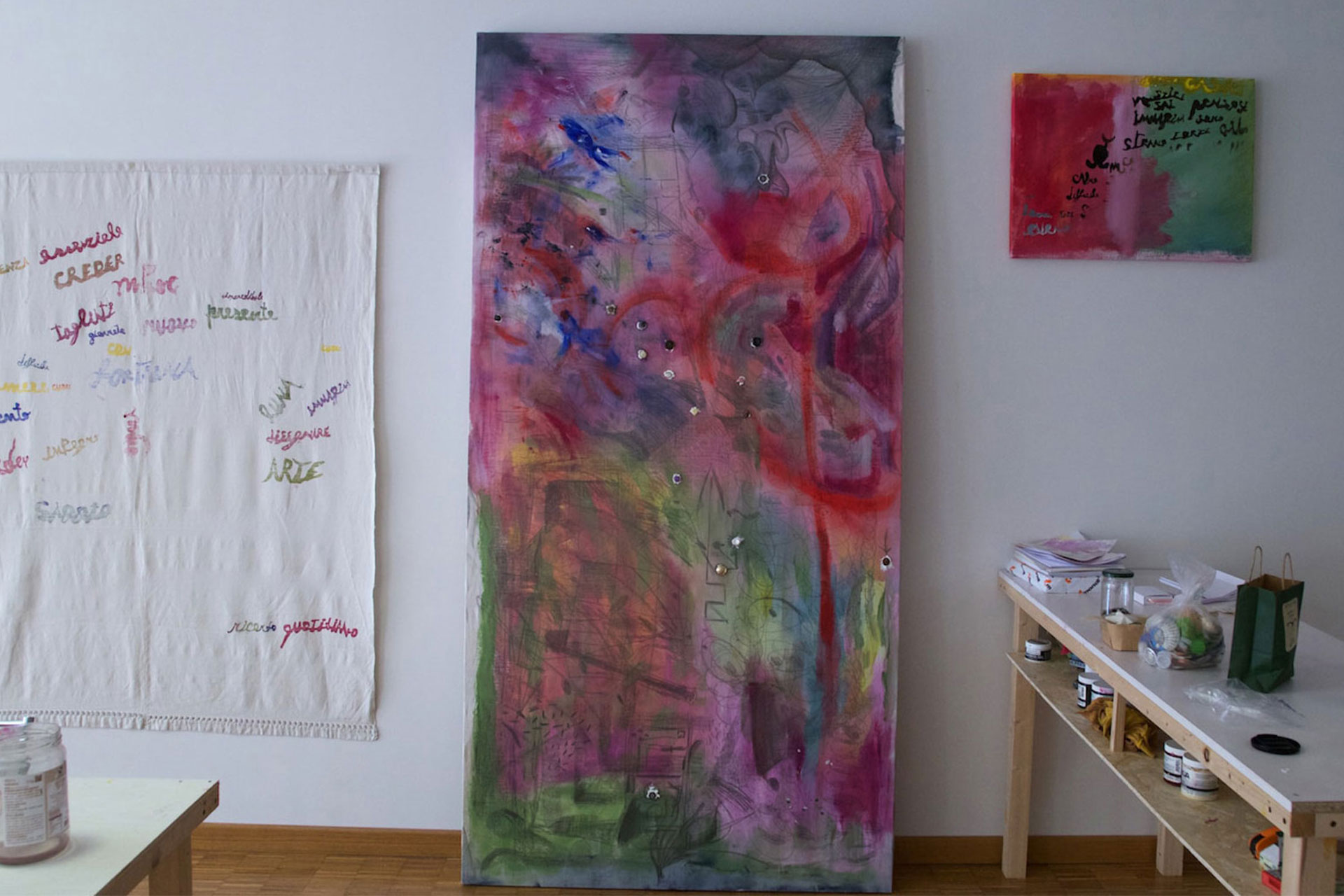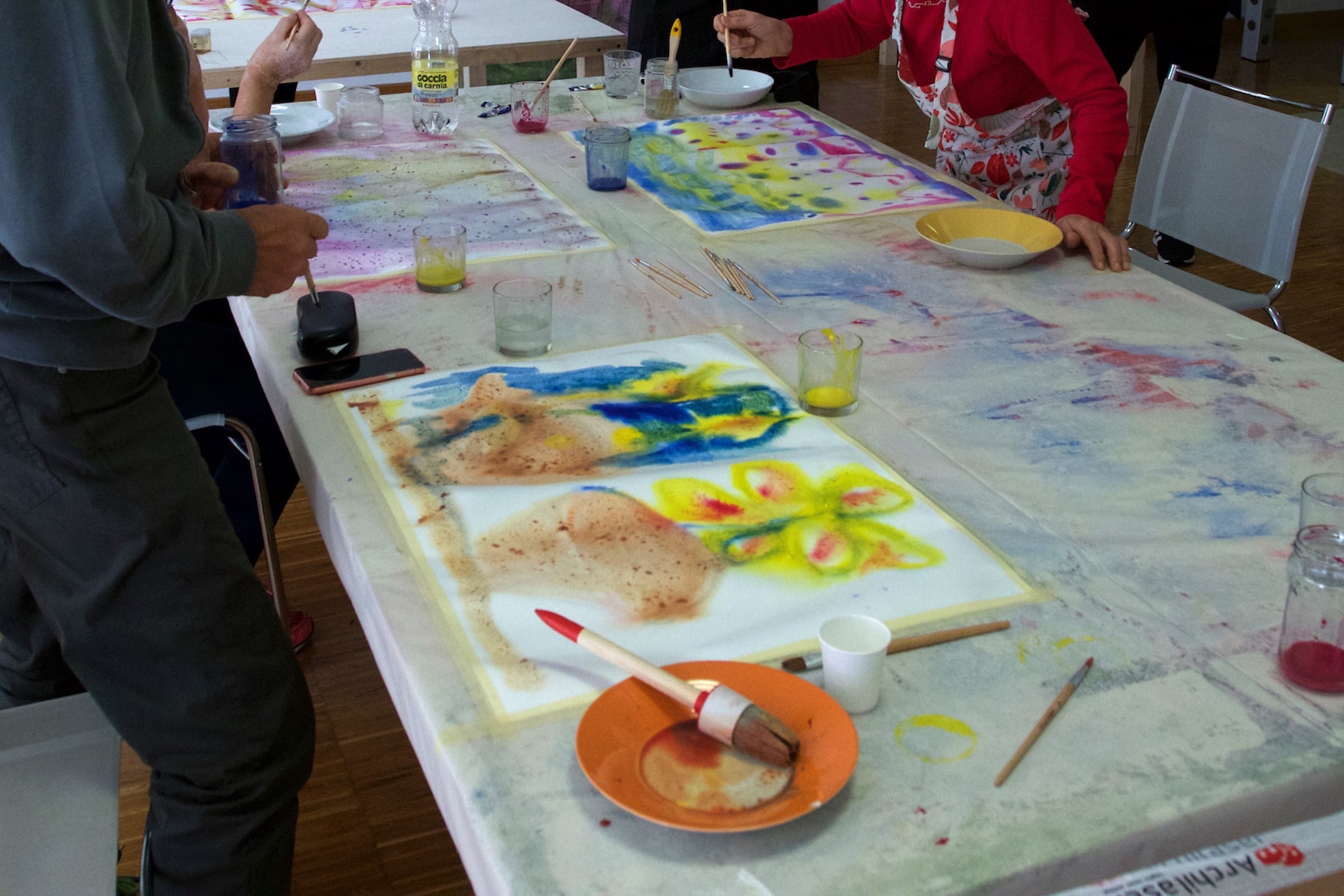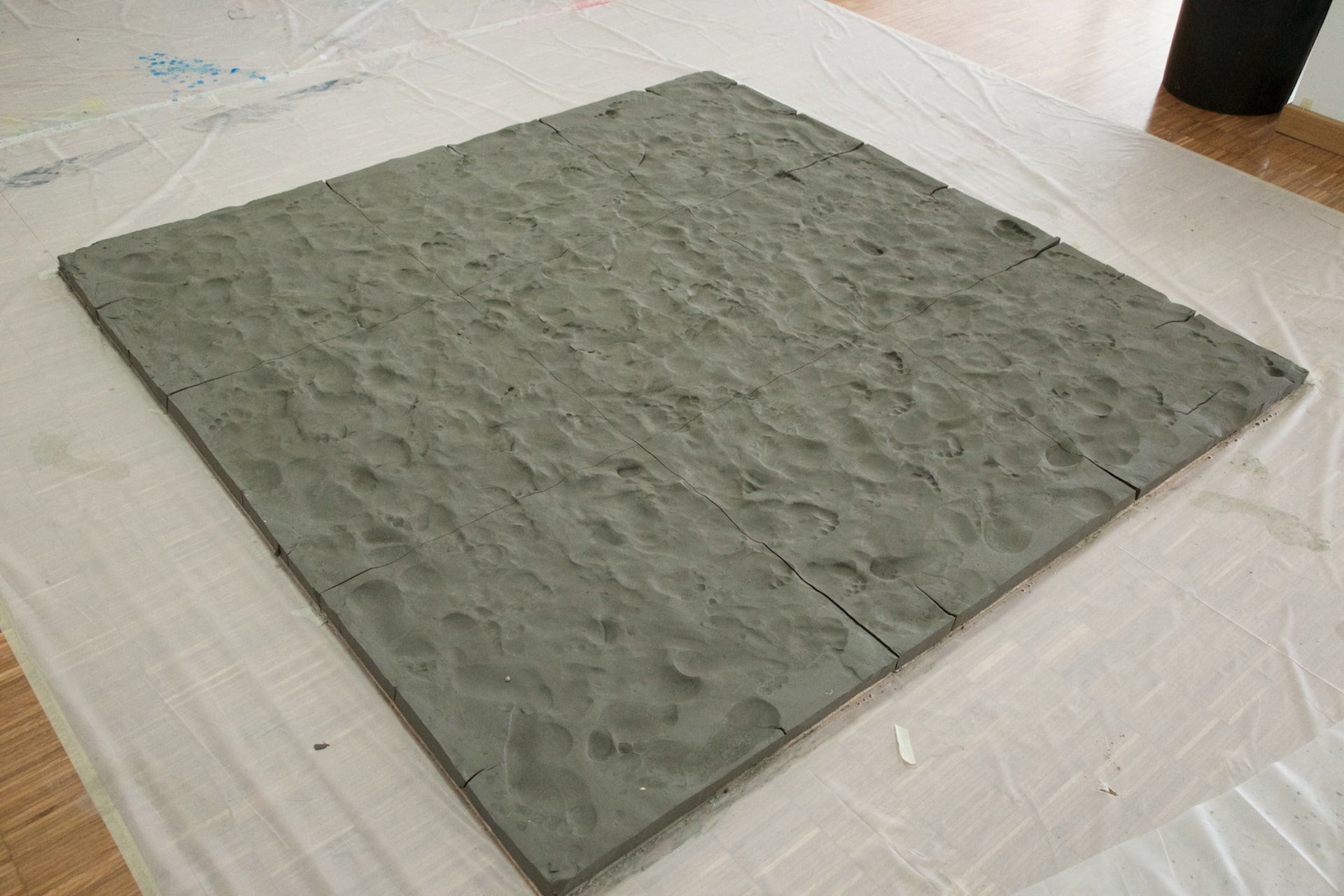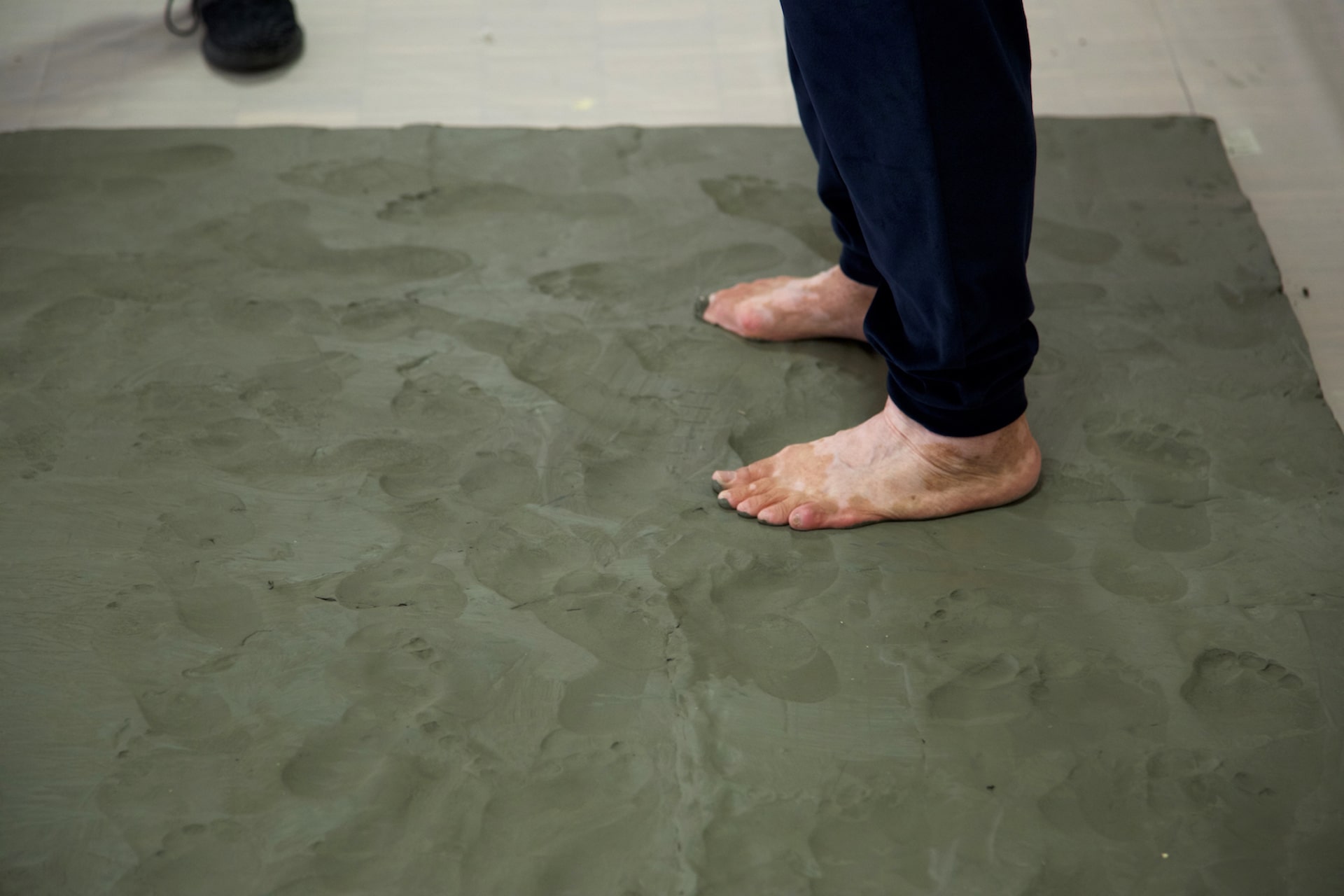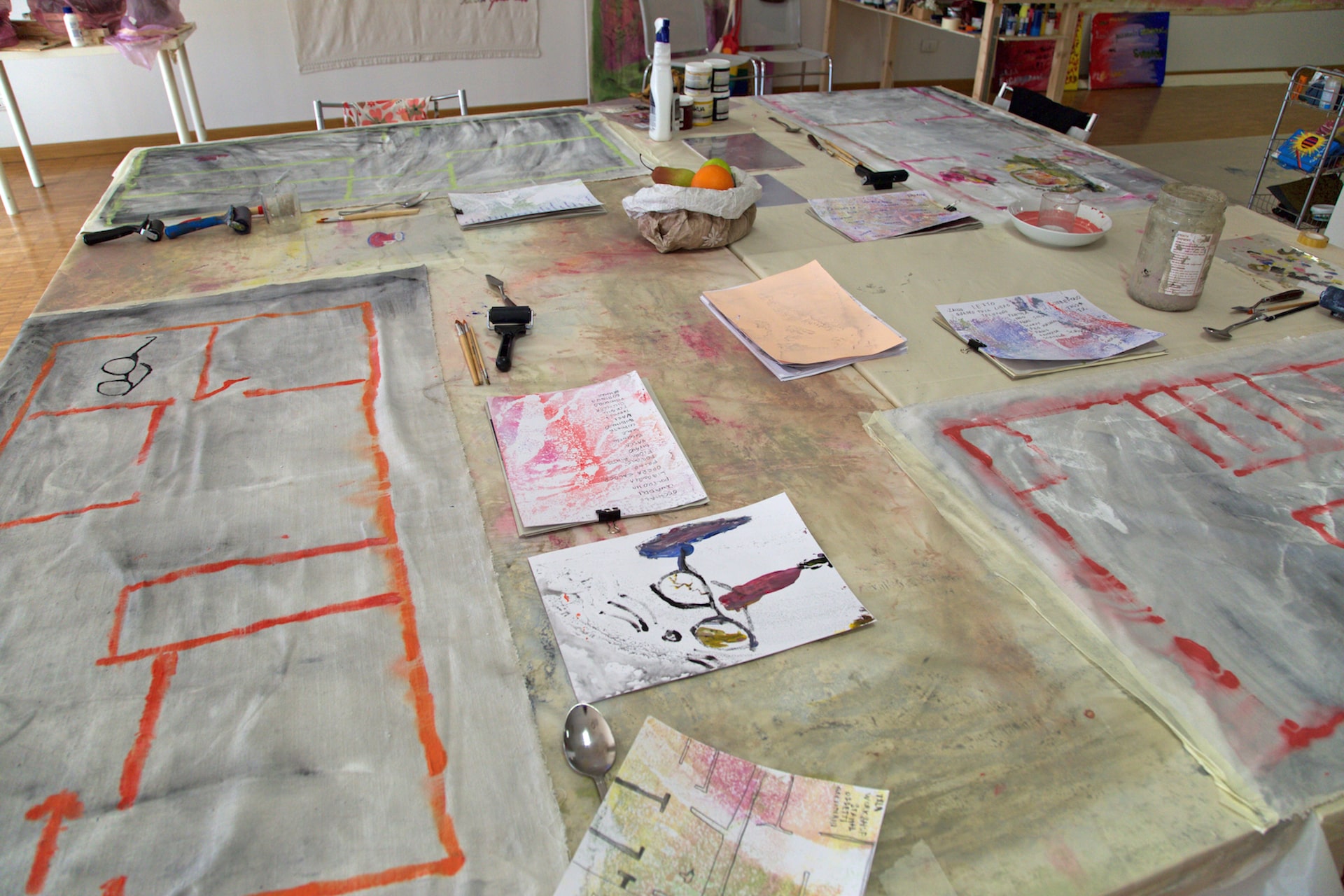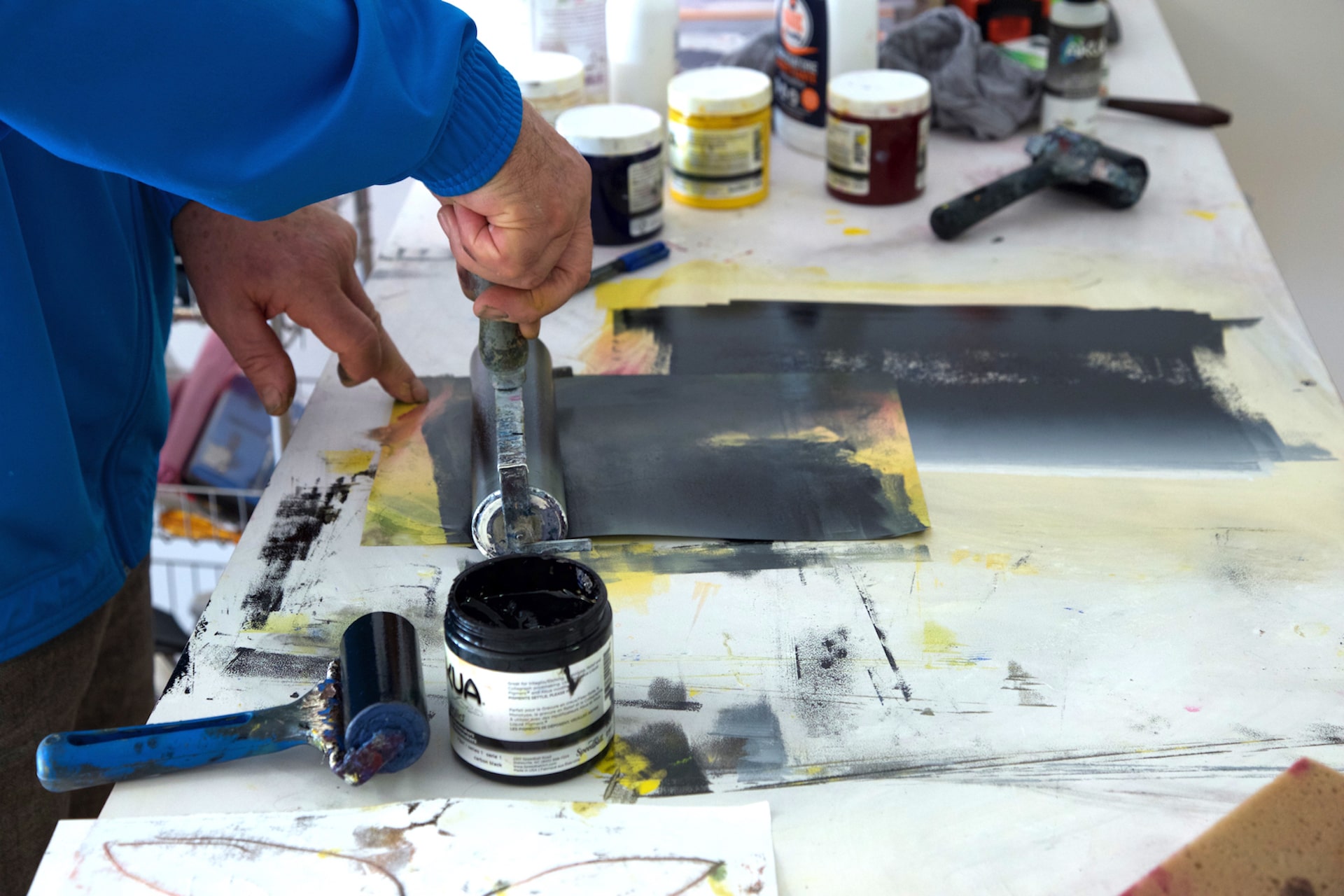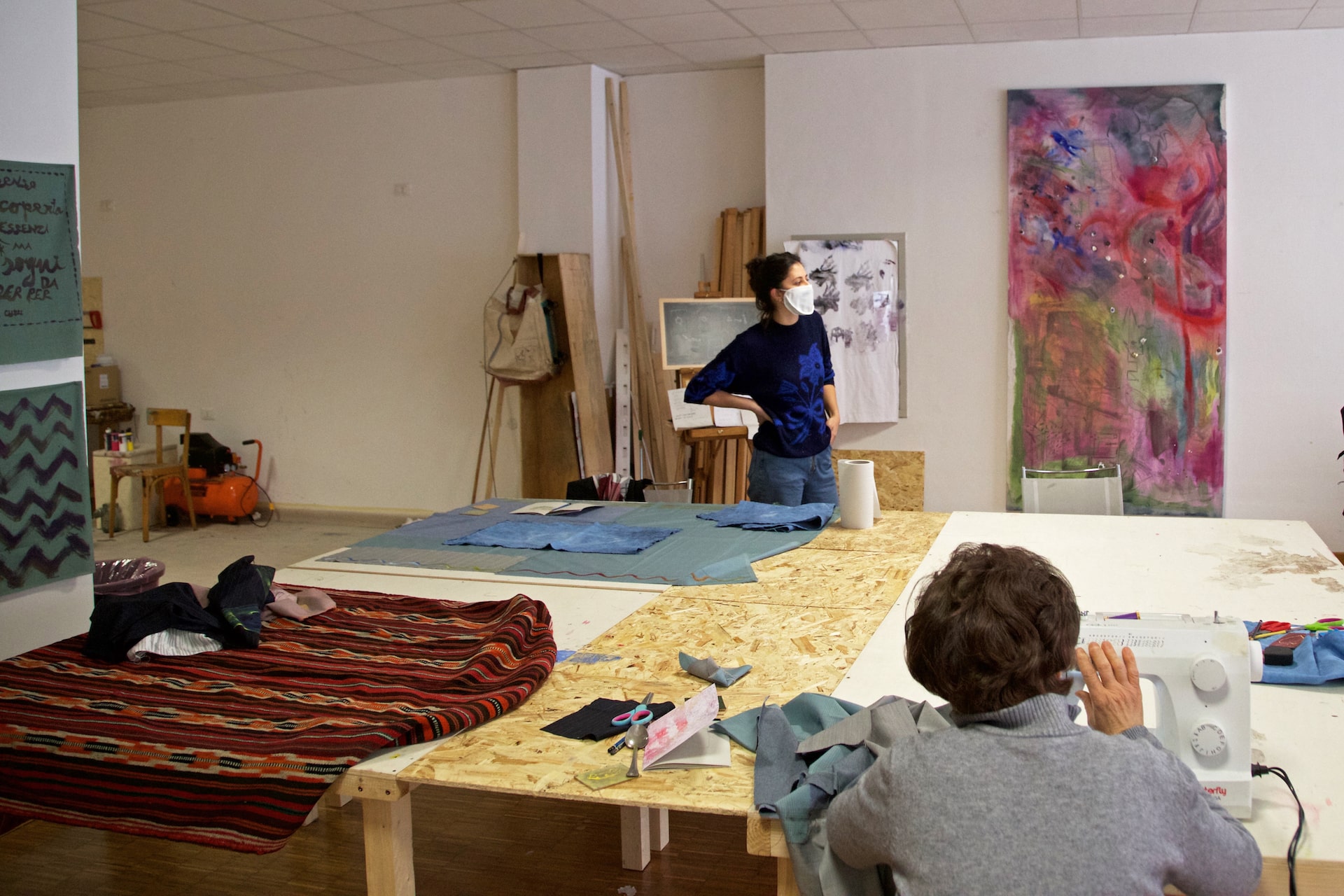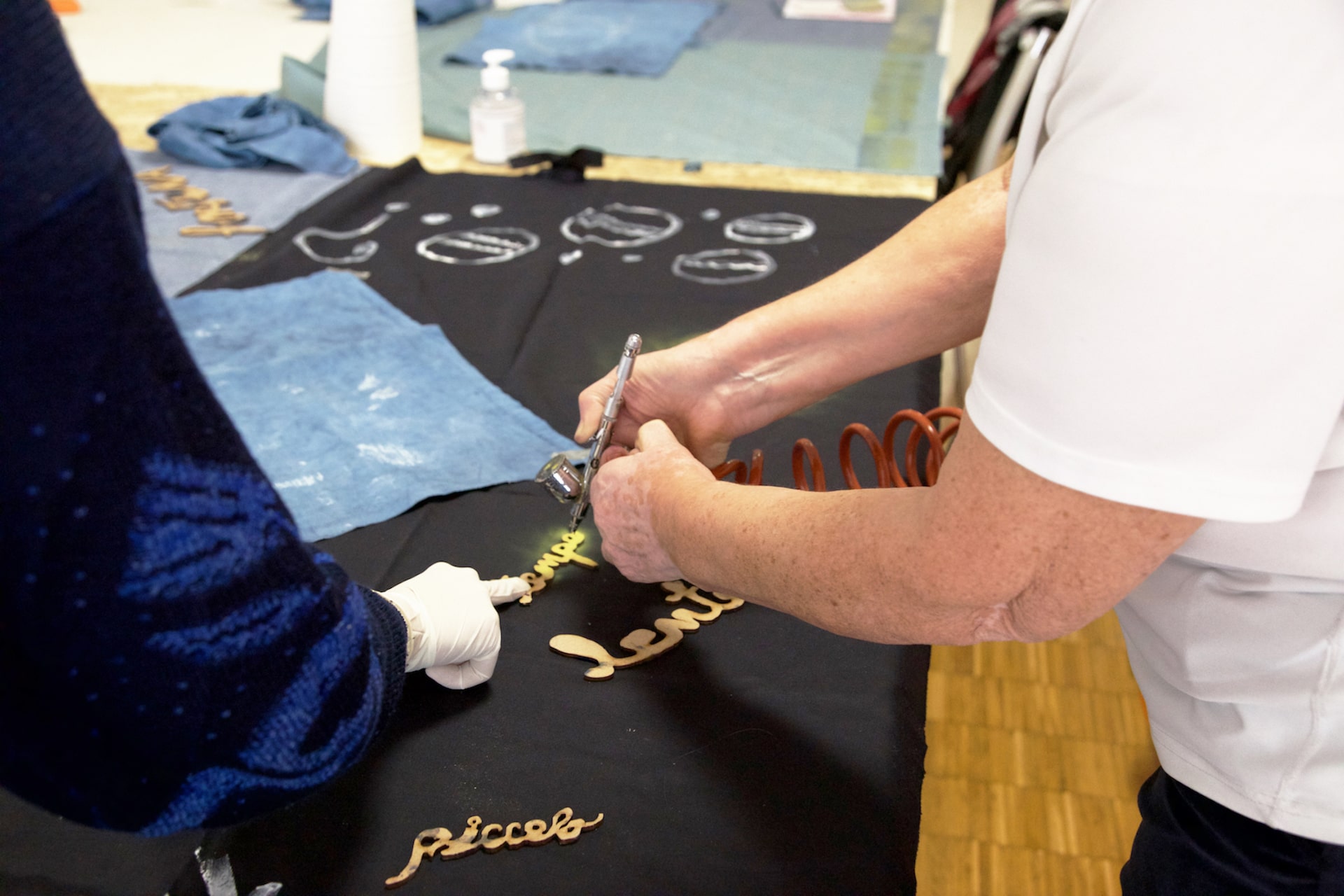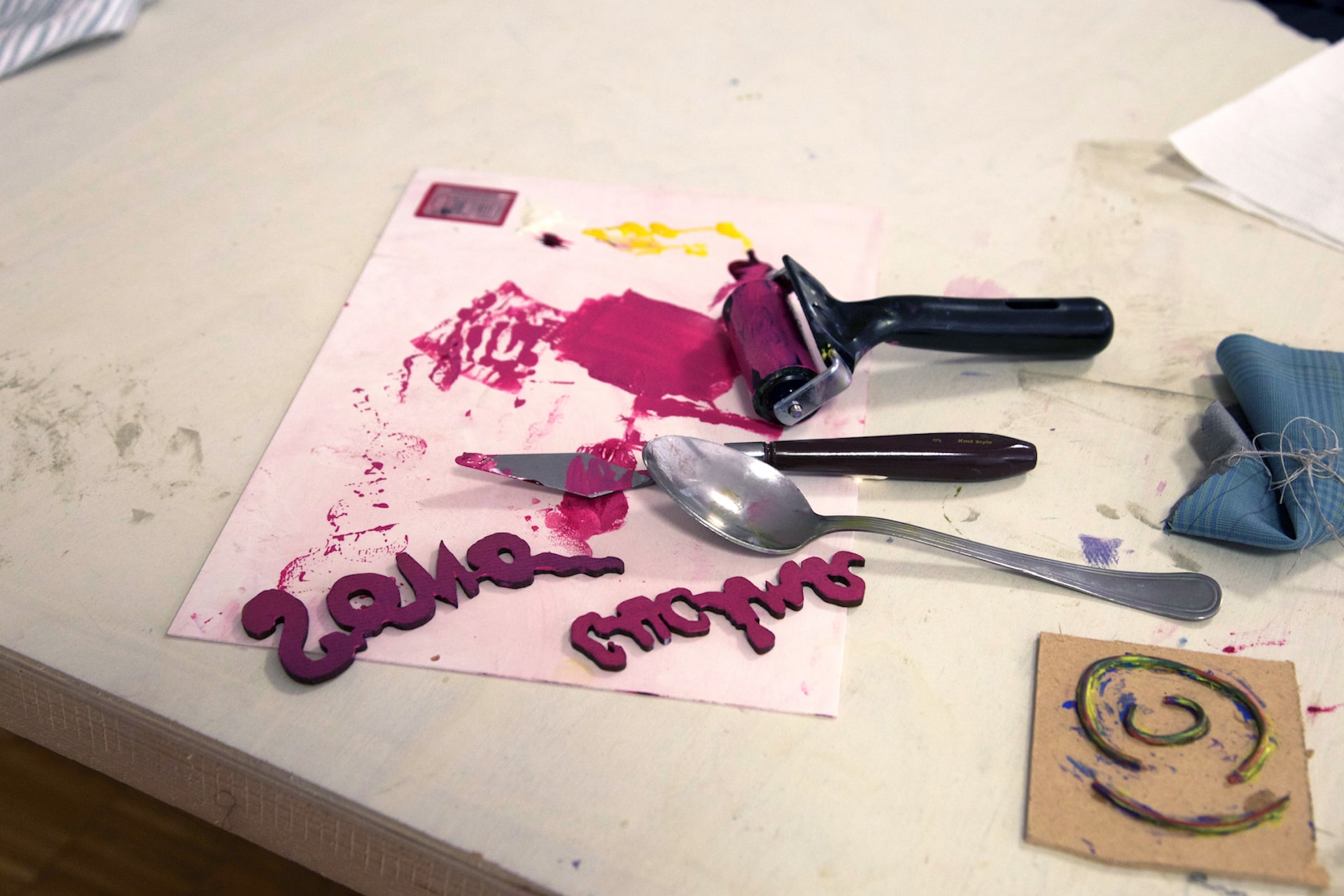Parkinson’s disease (PD) is the second most common neurodegenerative disorder after Alzheimer’s disease, affecting nearly 1% of the population over the age of 60. In the last 25 years, the number of people suffering from PD doubled to approximately more than 6 million, thus reaching a pandemic dimension. Main clinical signs of PD include slowness, tremor at rest, stiffness, and postural instability. However, PD can manifest with a wide array of non-motor features encompassing mood changes, cognitive deficits, and behavioral abnormalities. The resulting cumulative disability directly reduces quality of life, social competence and functional independence.
Currently, there are no proven disease-modifying therapies capable to address the underlying neurodegenerative process of PD. Available symptomatic treatments mainly focus on enhancing dopamine concentrations or stimulating dopamine receptors. While these strategies typically allow for a good control of motor symptoms, the effects on non-motor features and overall patients’ psychosocial sphere are not uncommonly less satisfactory. As health professionals concerned with the care of people with PD, we believe that current standards of rehabilitation for this destructive disease should be re-thought to address patients’ global needs in a comprehensive, multidimensional, and compassionate fashion.
Art Therapy (AT) can be defined as “a mental health profession utilizing the creative process of art making to help people solving conflicts and problems, developing interpersonal skills, reducing stress, and increasing self-awareness”. The creative process of art making can unveil subconscious information that can be then formally addressed by the art therapist. As such, AT is not primarily concerned with the aesthetic quality of client’s art products. The guided use of artistic expression aims to improve physical, mental, and emotional wellbeing by promoting individual’s sense of normalcy, competency and wellbeing, despite ongoing physical or psychological disabilities. Community-based AT initiatives have addressed stigma, promoted empowerment, aided social inclusion, and created arenas of safety for participants. Community engagement in the arts was specifically found to increase a sense of belonging, enabling participants to cultivate relationships, become more active, and connect to health relevant information.
Therefore, we now plan to offer an art-based intervention for people burdened by PD in form of a Community-Based Art Program. In this clinical population, the engagement in supervised, art-based activities may indeed serve as an effective adjunct to pharmacological therapies, to improve functional independence, psychological wellbeing and overall quality of life for both patients and their loved ones. The community program will be held in two Art Labs located in the cities of Florence and Vicenza, respectively. The labs will be open on weekdays and patients will be asked to schedule their appointment ahead in order to ensure the proper enforcement of social distancing measures and a smooth access to the art settings. Each daily session will include individual or group of 3-5 PD patients. Patients will be reached primarily through the local associations of patients on the territory. This initiative is intended to honor the fundamental Mission of the Fresco Parkinson Institute Foundation to improve the quality of life of people with Parkinson’s disease and their loved ones by bridging Art and Neuroscience.
